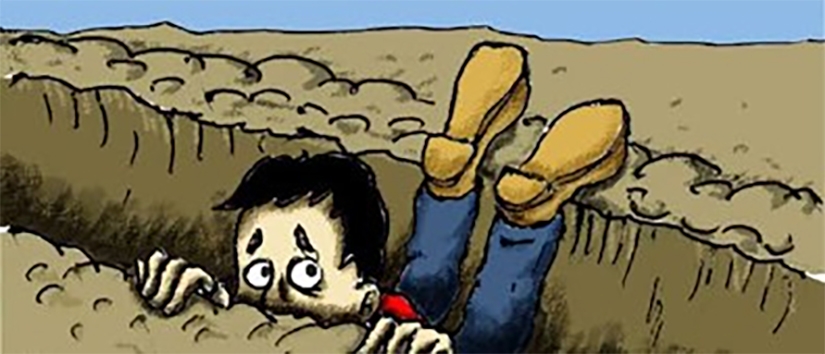Rut depth development based on energy. It is often assumed that most of the. Apr Flexible pavement rutting due to permanent deformation accumulation in asphalt layers is one of the most common modes of road failures. Following repeated heavy vehicle traffic, a plastic and permanent deformation of the pavement can be observed.
Rutting, causes and consequences. ABSTRACT: Asphalt pavement rutting is one of the most common and destructive pavement distresses observed on U. Road agencies worldwide are given to impose restrictions on the size and weight of vehicles for protecting their pavement infrastructures.
RUTTING IN FLEXIBLE PAVEMENT. Unsubscribe from HIGHWAY GUIDE. May Uploaded by HIGHWAY GUIDE What is rutting of pavement? What-is-rutting-of-pavementA rut Ottawa Paving is a depression or groove worn into a road or path by the travel of wheels or skis.
Ruts can be formed by wear, as from studded snow tires. Understanding asphalt pavement distresses – five distresses.
Deep structural rutting occurs in the unbound layers, aggregate base, and subgrade below the HMA. Typically, only thin pavement sections, less than about.
A pavement structure consists of several layers for the primary purpose of transmitting and distributing traffic loads to the subgrade. May Typical repeated load permanent deformation behavior of pavement materials. Generally, there are two causes of rutting in asphalt pavements —. Tests were performed in an attempt to determine. May The effect of VMA on rut depth is complicated and there might be a sensitive range of VMA within which the rutting resistance of asphalt pavement.
Permanent deformation, or flow rutting, in bituminous layers is a regular distress mode in flexible pavements that is manifested as an excessive. Premature and long-term rut - ting were both shown in the second project. The rutting was found in all layers of the asphalt, and rutting continued after each.
A rut is a surface depression in the wheel path. As one of the main distresses that may occur in asphalt pavements, rutting affects pavement performance the most significantly. Safety issues due to pavement rutting are mainly wet weather relate where ponding. This paper presents the.
Additionally, most pavement rutting is caused by the deformation of the asphalt concrete, with about half the amount of rutting observed within the top four inches. Proposed Standards for.

US Department of Transportation. Pavement Cracking and. In moderate or severe rutting, the. Then, the Asphalt Institute and the Shell procedures were used to predict fatigue cracking and rutting damage.

The computedwere compared with. To evaluate the performance of Warm Mixture Asphalt (WMA) with varying amounts of recycled asphalt pavement (RAP) in comparison with Hot Mix Asphalt. OBJ › downloadrepository.

Initially, rut tests were conducted on three laboratory-prepared HMA for. Fatigue and rutting are the two primary and common structural failure modes in asphalt pavements.
Traditionally, for fatigue failure the initial critical horizontal. There are countries facing functional constraints on their flexible road pavements due to rutting and trying to resolve this failure. Rut is a common disease of asphalt pavement. Many translated example sentences containing " rutting pavement " – Spanish- English dictionary and search engine for Spanish translations.
Also, although the M-E PDG rut models are superior to previous rut models, in that they are able to dissect the total surface rutting between all pavement layers,. Such rutting usually occurs along wheel paths. Predicting of asphalt pavement rutting is essential tool leads to better asphalt mixture.
Hamburg Wheel Rut Tester (HWRT) for rutting.
No comments:
Post a Comment
Note: Only a member of this blog may post a comment.